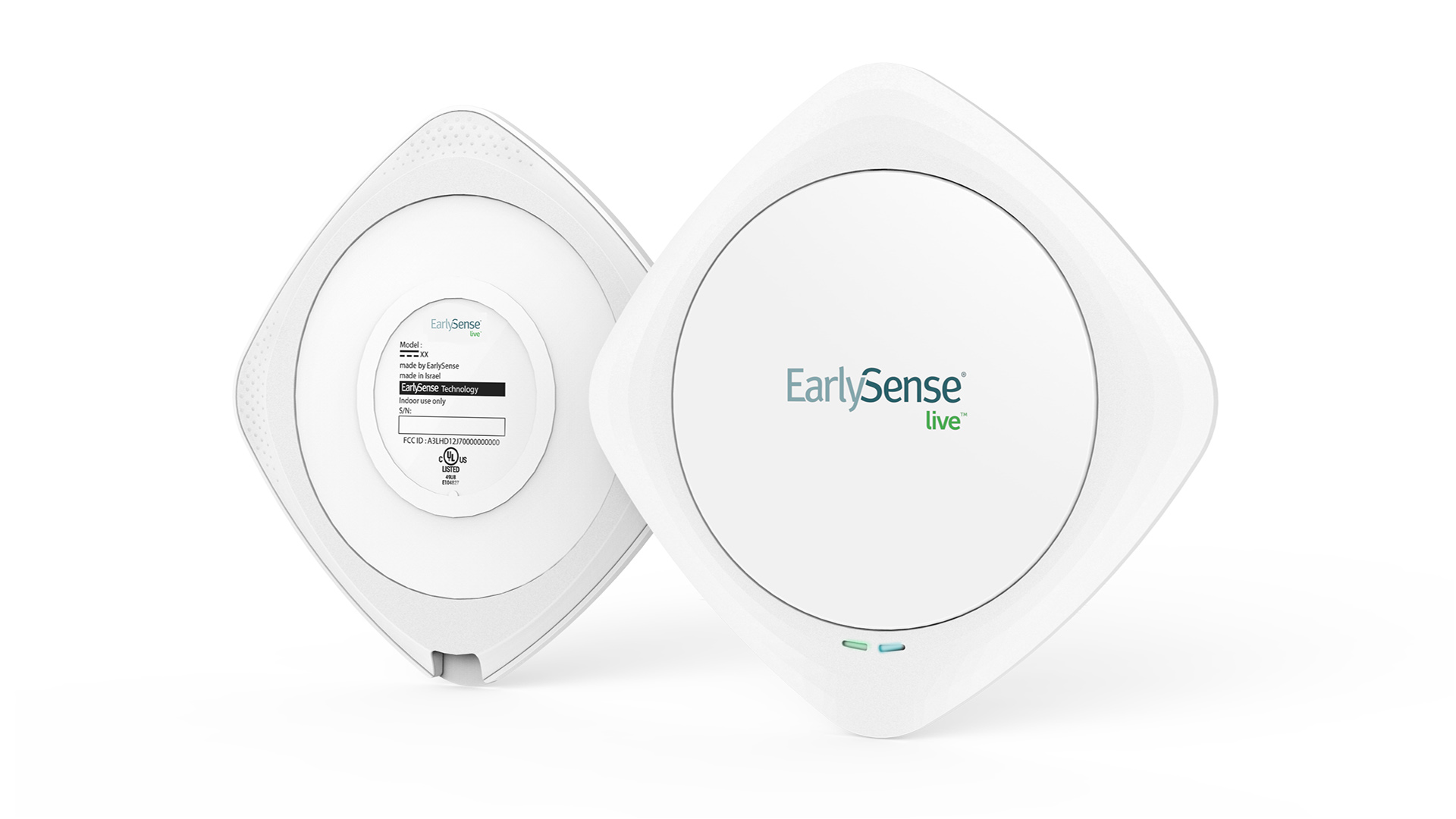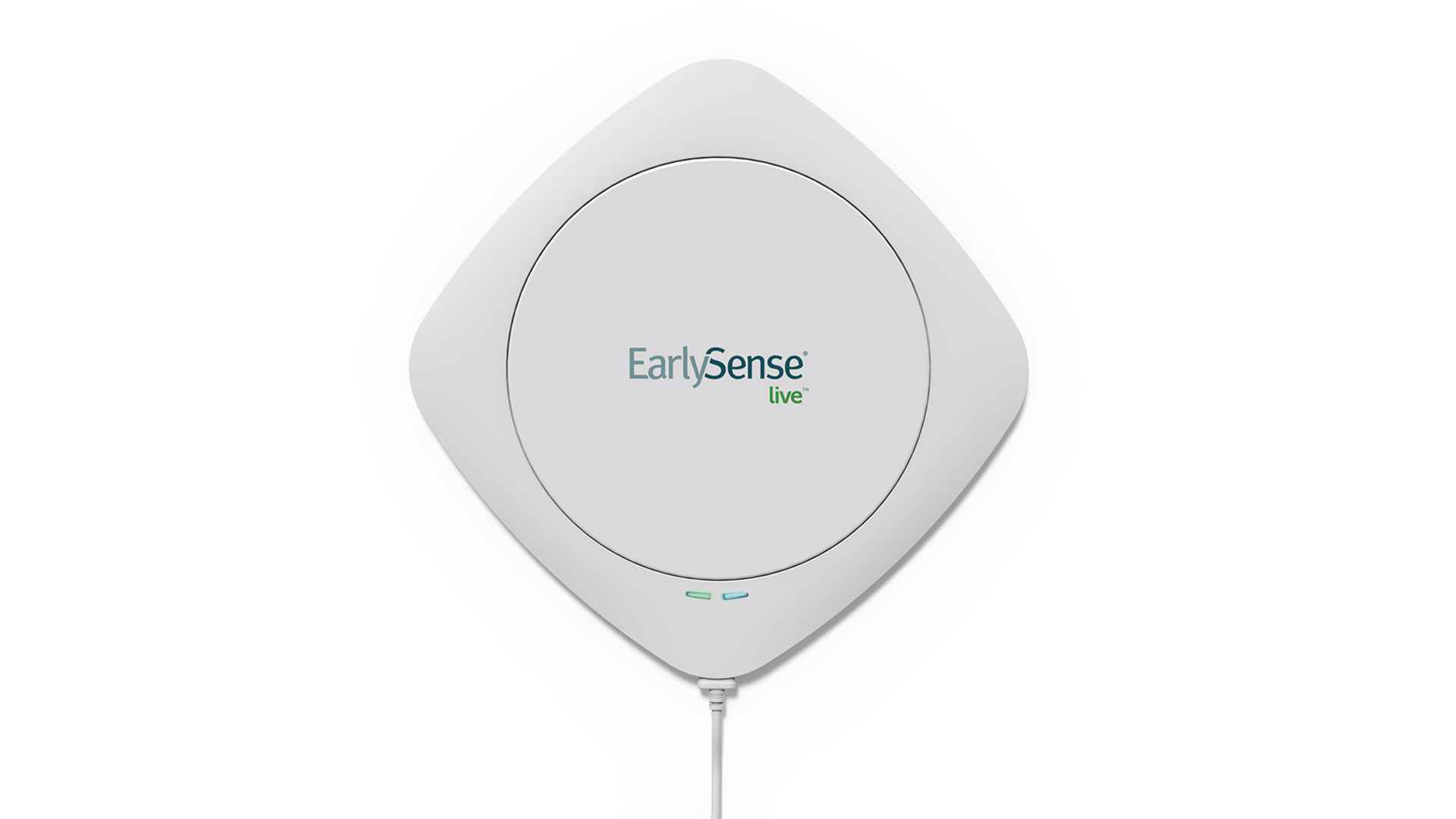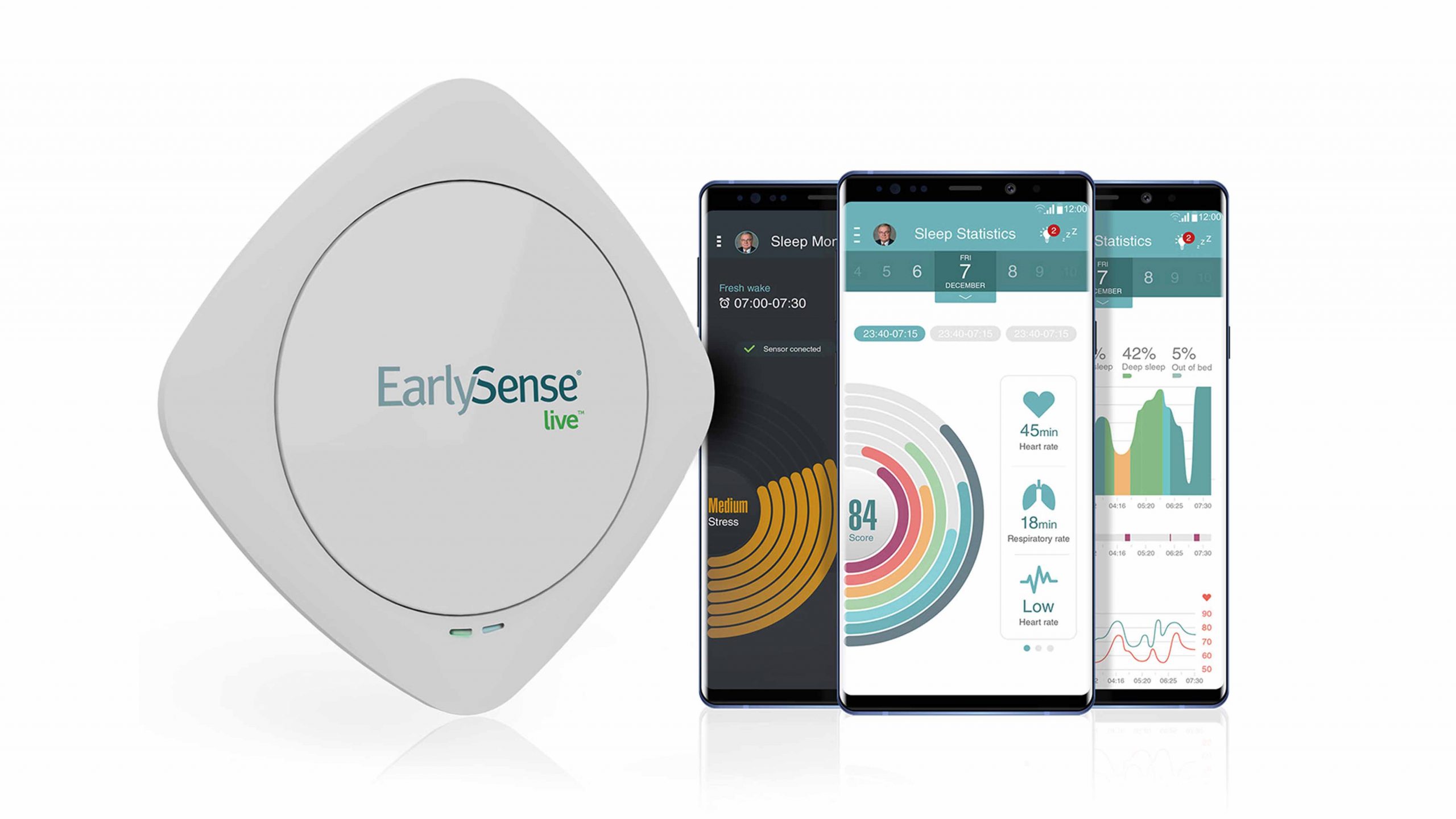consumer-oriented sleep sensor
A well-designed product is never just an object but an amalgam of context. We had a chance to reconfirm this statement while working with EarlySense, an Israel-based medical device company that specialized in non-invasive patient monitoring. Broad expertise in healthcare systems has enabled them to develop a consumer-oriented sleep sensor, and Nekuda helped design it. This project is a perfect example of how radically a product can transform when it migrates from the professional medical field to the consumer market. And how a shift of use case and environment reshape requirements for engineering, design, look and feel, UX/UI and branding.

high level of health consciousness
Today’s young people have a significantly higher level of health consciousness than many generations before. In large part because they have all kinds of wearable and ambient devices to help them track exercise, log meals and monitor sleep — most of these technologies have been adopted from the medical field and moved from hospital to living room.
softness and accuracy
Obviously, these two environments are very different, but the main distinction is that consumers are not patients. So the first step of the transformation was defining our user persona. Perhaps, it is a middle-aged woman who lives in a big city, has a stressful job and experiences trouble sleeping. Or a young fitness aficionado who wants to monitor virtually every monitorable function of his body. Or… Well, we can go on, but the point is, EarlySense’s target audience is a very diverse crowd, and the design has to appeal to all of them. We choose a minimalistic, clean aesthetic that can fit any taste and any bedroom.
To find opportunities to improve the product, Nekuda team were sleeping with the medical version of the sensor every night. Eventually, we picked a new shape that projects softness and accuracy. We made the sensor wider, to better cope with different beds and mattresses. We got rid of all sharp corners and pointy edges — to make it look more «relaxed». We also modified wiring by moving the USB port deeper inside the frame, so it won’t disconnect when people move in their sleep.

B2B TO B2C
The final stage of the process was a reconsideration of production means. When you are designing something for hospital use, you estimate much fewer quantities, the price is less critical, but the durability should be way higher. The consumer market is a different story: you have to relate to mass production and be more concern with cost of materials, assembly, packaging, etc. To carry the whole design transformation process properly is a wide step towards the right positioning and future market success. Over the past years, Nekuda helped many companies, including EarlySense, go from b2b to b2c smoothly.

